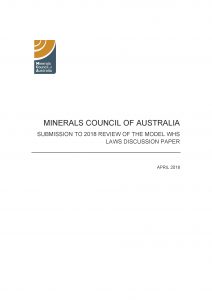 The Minerals Council of Australia (MCA) has released its submission to the Independent Review of Work Health and Safety Laws. It is a good example of the business-speak that can erode the effectiveness of clear communication, but the submission is still revealing. Here is an example from its Executive Summary:
The Minerals Council of Australia (MCA) has released its submission to the Independent Review of Work Health and Safety Laws. It is a good example of the business-speak that can erode the effectiveness of clear communication, but the submission is still revealing. Here is an example from its Executive Summary:
“A nationally-consistent, risk-based preventative Work Health and Safety (WHS) regulatory system, supported by industry-specific regulation, would deliver benefits based on greater certainty, consistency and efficiency. It would also help to ensure that compliance challenges do not detract from the practical tasks of identifying, managing and minimising risk and the continuous improvement of safety and health outcomes by companies.” (Page 3)
So, the MCA wants national occupational health and safety (OHS) laws?

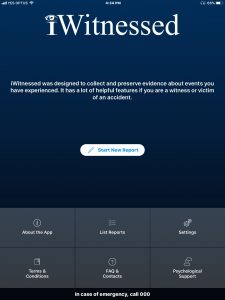
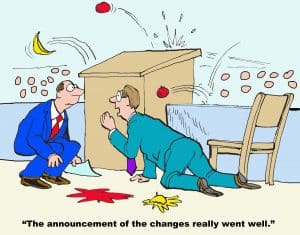
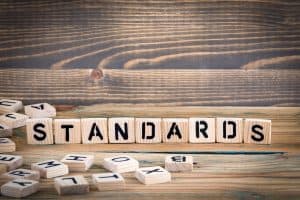 The publication date for the first truly international Standard on occupational health and safety (OHS) management systems,
The publication date for the first truly international Standard on occupational health and safety (OHS) management systems,  The annual
The annual 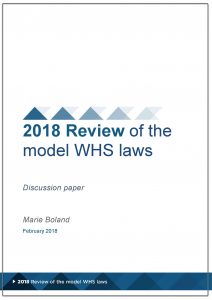
 The existence of this statement is of no surprise to occupational health and safety (OHS) professionals. Similar statements are made all the time. The sad surprise of this quote is that it appeared in 1972 on page 1 of the Safety and Health at Work – Report of the Committee 1970-72, otherwise know as the Robens Report.
The existence of this statement is of no surprise to occupational health and safety (OHS) professionals. Similar statements are made all the time. The sad surprise of this quote is that it appeared in 1972 on page 1 of the Safety and Health at Work – Report of the Committee 1970-72, otherwise know as the Robens Report.